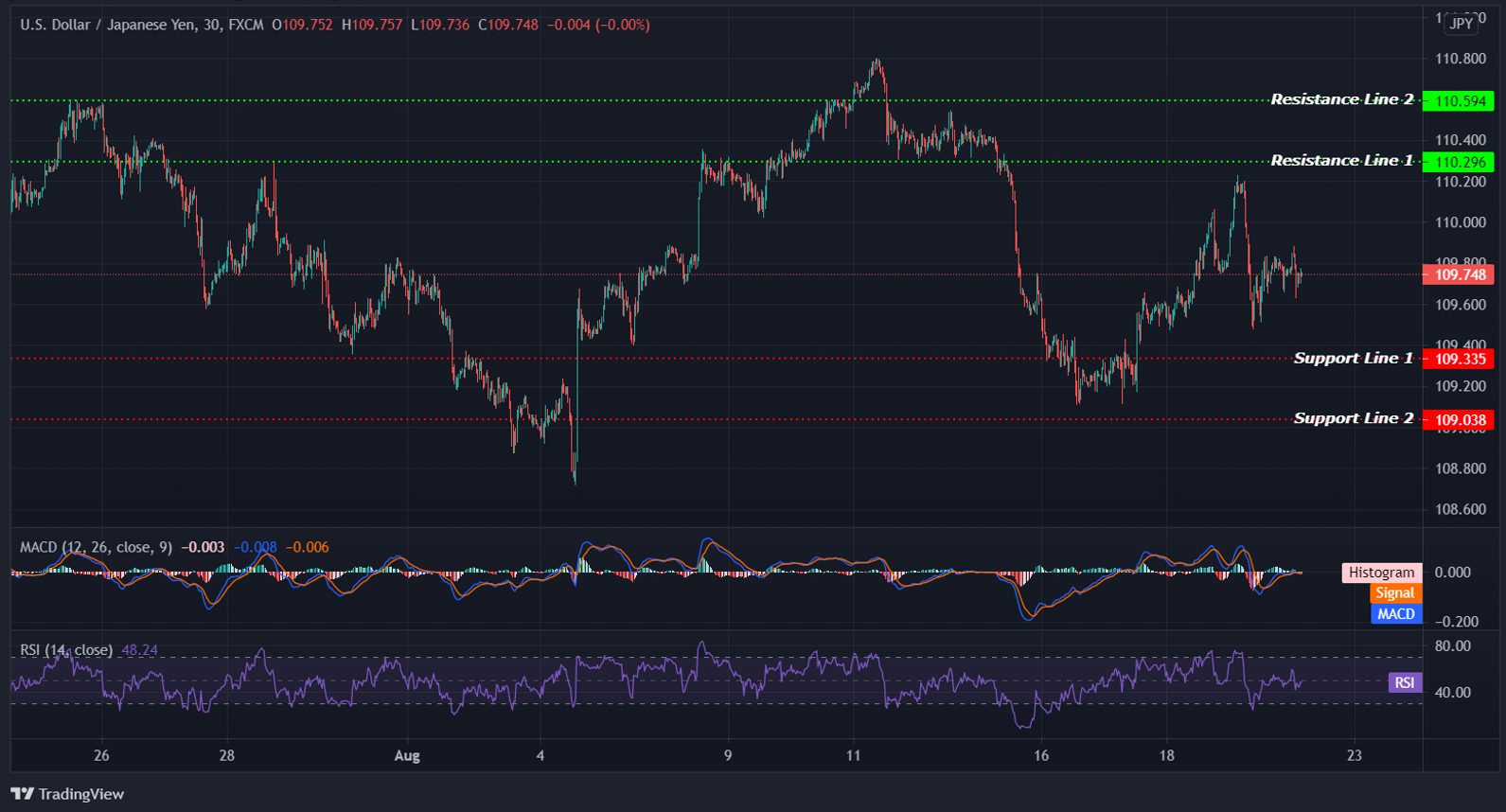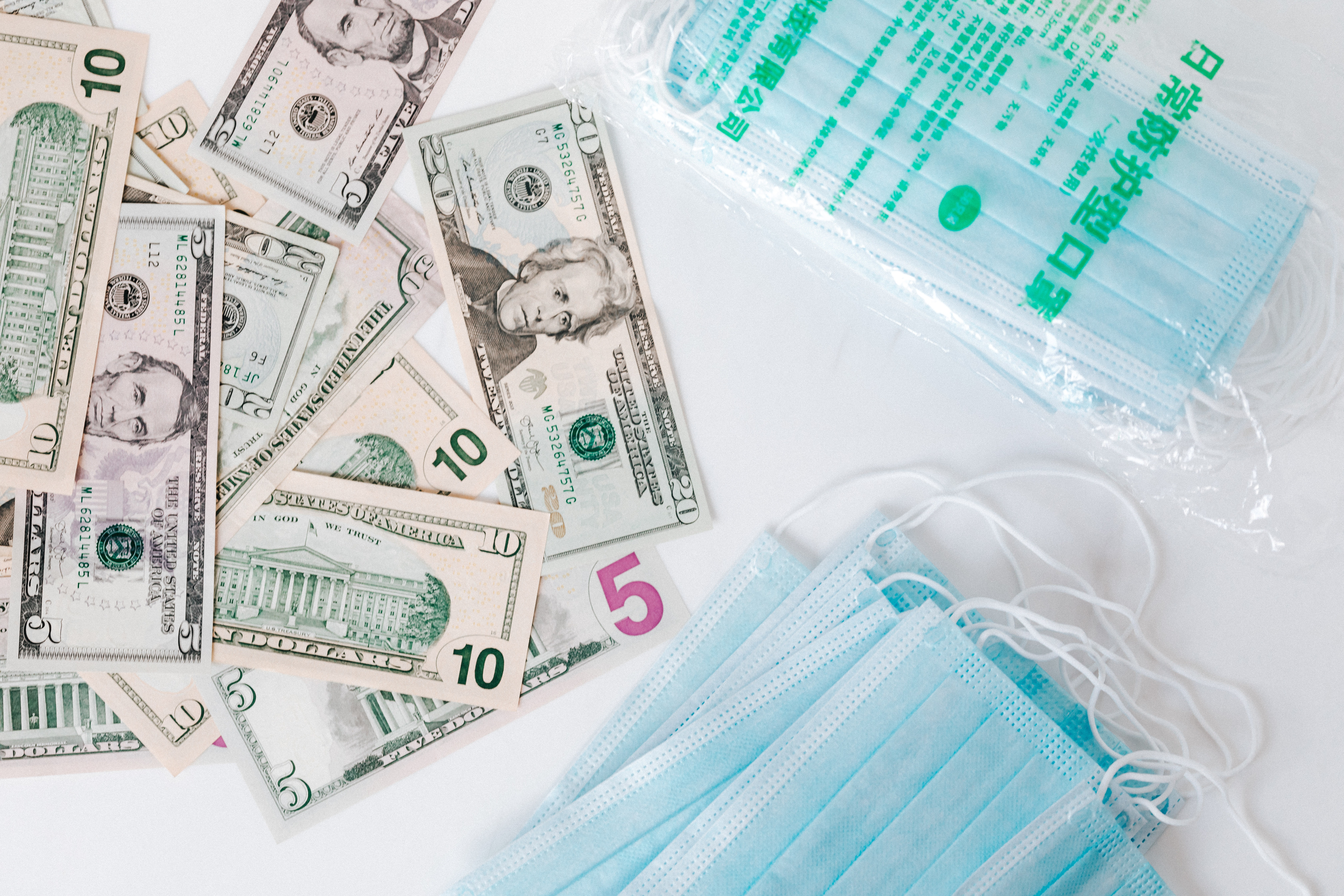EQUITIES
Asia-Pacific stocks were mostly lower in Friday trade. The Hong Kong’s Hang Seng index led the losses in the region as it dropped 1.68%, followed by the mainland Shanghai composite that slipped 1.35%.
The Nikkei 225 in Japan fell 0.68%, while the South Korea’s KOSPI dipped 0.80%, and the S&P BSE Sensex in India losing 0.29%. the Australia’s S&P/ASX 200 traded just above the flatline.
Elsewhere, the Singapore’s Straits Times index added 0.67% to contradict the overall trend.
Overnight on Wall Street, stocks ended the day mixed, with the Dow Jones Industrial Average fell 0.19%, to 34,894.12, the S&P 500 gained 0.13%, to 4,405.8 and the Nasdaq Composite added 0.11%, to 14,541.79.
OIL
Oil prices came off 3-month lows on Friday but still on track for a weekly decline of around 6%, hurt throughout the week by the Fed’s looming move toward tapering asset purchases, a rally in the U.S. dollar and concerns about global energy demand.
The Brent now traded at $66.67 per barrel, while U.S. crude futures traded at $63.50 per barrel.
Overnight, the Brent settled at $66.45 a barrel, and the WTI ends at $63.69 per barrel.
CURRENCIES
U.S. Treasury yields were fairly quiet in Asian hours. The yield on benchmark 10-year Treasury notes was last 1.243% compared with its U.S. close of 1.242% on Thursday.
The dollar's safe-haven status and the prospect of an earlier end to Fed stimulus helped the dollar index to hover near a 9-1/2-month high against major peers, was at 93.525 following its climb earlier this week from below 93. For the week, and on track to gain 1.1%, its most in two months.
China’s 1-year LPR and 5-year LPR were both left unchanged at 3.85% and 4.65%, respectively.
GOLD
Gold too stabilised after declines on Thursday. The spot price was $1,784.10 per ounce, up 0.21%. The U.S. gold futures steady at $1,784.40.
Spot silver fell 0.17% to $23.19 per ounce. Platinum advanced to $971.90, and Palladium jumped 1.03% to $2,321.50.
ECONOMIC OUTLOOK
Asian shares extended losses on Friday, as the Delta virus strain and the prospect of reduced central bank stimulus weigh on the economic outlook.
U.S. Federal Reserve massive stimulus programme tapering expectation lend support to defensive and tech shares, while cyclical sectors, energy and commodities suffered losses. The gains in the U.S. job market also help nudge the Fed toward ending its stimulus effort.
Chinese stocks listed in the U.S. also shaken, as Beijing deepens a regulatory crackdown on private industry.
Data by U.S. Labor Department showed that the number of Americans filing new claims for unemployment benefits fell to a 17-month low last week, pointing to another month of robust job growth. Initial unemployment claims in regular state programmes dropped 29,000 to 348,000 in the week ended Aug 14, while the continuing claims declined to 11.7 million in the week ended July 31. That compares to a high of about 32.8 million in June 2020.
The Fed focus now shifts to its annual research conference in Jackson Hole, Wyoming, next week. Fed Chair Jerome Powell is due to give a speech that will be scoured for clues on the central bank's next steps.
TECHNICAL OUTLOOK
[USDJPY]
Important Levels to Watch for Today:
- Resistance line of 110.296 and 110.594.
- Support line of 109.335 and 109.038.
Commentary/ Reason:
The dollar stood to 109.748 yen on Friday, remains in the centre of its trading range of the past six weeks.
Higher T-note yields and weakness in Asian stocks on Friday were supportive of the dollar.
The post-FOMC minutes still lending support for the dollar, as the bulls continue to take advantage of the unabated U.S. dollar demand across the board.
USD/JPY remained stable above 109.00 and it is now attempting a fresh upside break. The next major resistance is near 110.29, and with any more gains may possibly lead the pair towards 111.50.
On the downside, the pair is likely to remain stable above 109.35. A downside break below 109.35 could spark a sharp decline. The next major support is near the 109.0 level.















